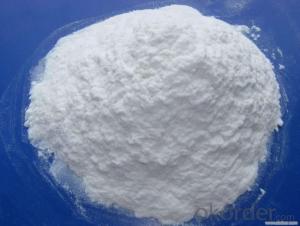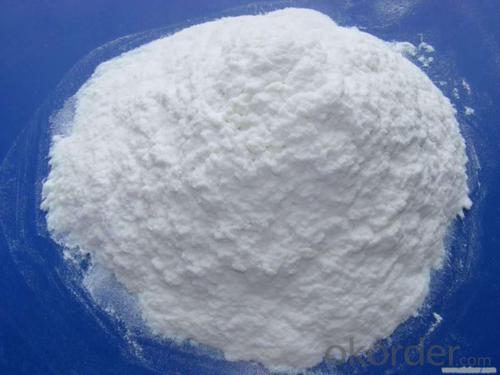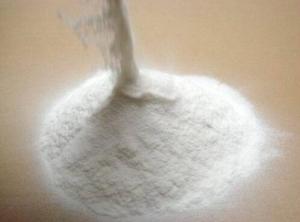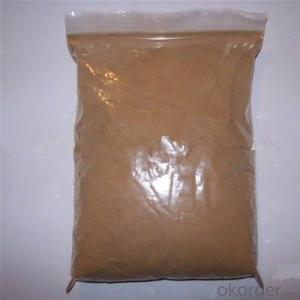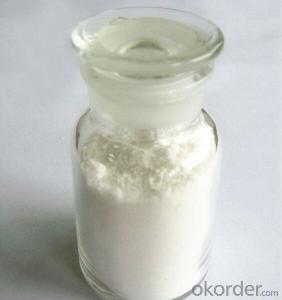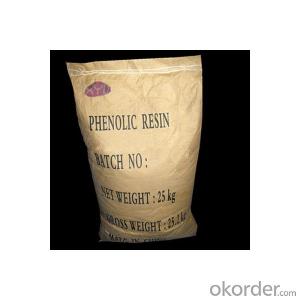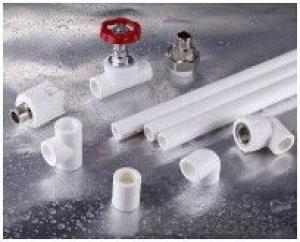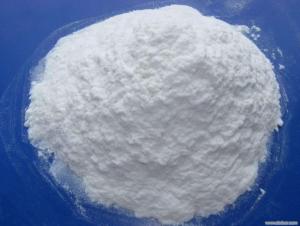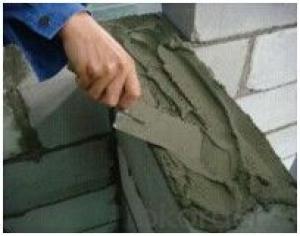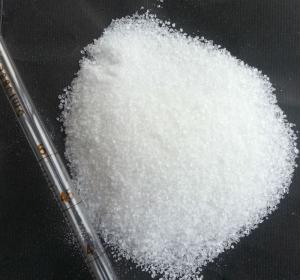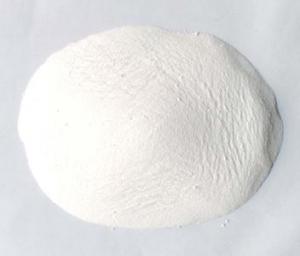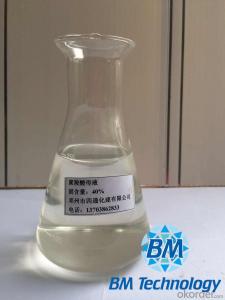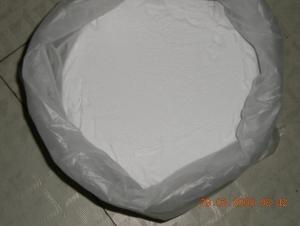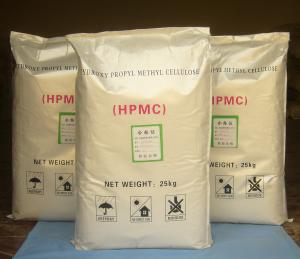Hydroxypropyl Methyl Cellulose (HPMC)-for plaster-A
- Loading Port:
- China Main Port
- Payment Terms:
- TT OR LC
- Min Order Qty:
- -
- Supply Capability:
- -
OKorder Service Pledge
OKorder Financial Service
You Might Also Like
Hydroxypropyl Methyl Cellulose (HPMC) is non-ionic cellulose ether, made by natural high polymer cellulose as raw material and series of chemical processing. They provide water retention and cohesiveness to mixtures. With special modification, it can be used to control thickening, water demand, workability, sag resistance, strength and other important properties of the final product.
It is widely used as thickener, adhesive, water preserving agent, film-foaming agent in building materials, industrial coatings, synthetic resin, ceramic industry, medicine, food, textile, agricultural, cosmetic and other industries.
Physical and chemical index:
CAS: 9004-65-3 | INDEX | ||
60SS-E | 65SS-F | 75SS-K | |
Hydroxypropyl % | 7.0-12.0 | 4.0-7.5 | 4.0-12.0 |
Methoxyl % | 28.0-32.0 | 27.0-32.0 | 19.0-24.0 |
Gel temperature ℃ | 58-64 | 62-68 | 70-90 |
Moisture % | ≤5.0 | ||
Ash content % | ≤1.0 | ||
Viscosity mpa.s | 100-200000 | ||
≥70 | |||
Whiteness % | ≥75 | ||
Bulk density g /l | 370---420 | ||
Appearance | white or off-white fibrous or granular powder, odorless, tasteless | ||
Package:
25kg/package. Use polyethylene film cardboard or plastic polypropylene woven bag package.
Plaster/Render
Cement based plaster/render is the finishing material that can be applied to any interior or exterior walls.
HPMC plays an vital role in improving various properties like sag resistance, workability, water retention, thickening effect and so on.
Recommend grades: HPMC 75SS-K (100000mpa.s-200000mpa.s)
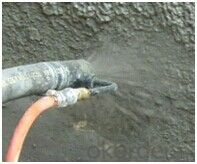
- Q: is it true that every integer has an additive inverse?
- So Yes it is true. If x is the integer than -x is the additive inverse.
- Q: it is a fraction
- Try using an orange cleaner, 409 has a good one. Whatever you do decide to get, make sure its safe on the surface of your tub.
- Q: What is the best method for adding nonslip additive to trans? Has fresh fluid in it already
- People go to medical school for that.
- Q: What is the additive and multiplicative inverse of 2/3?
- Hi, The additive inverse of 2/3 is -2/3. Additive inverses add to equal zero, so 2/3 + -2/3 0. The multiplicative inverse of 2/3 is 3/2.Multiplicative inverses multiply together and equal 1, such as 2/3 * 3/2 1. I hope that helps!! :-)
- Q: I need some disadvantages of additives in food. They don‘t have to be extremely detailed - it‘s only for a piece of science homework. Thank you x
- For the best answers, search on this site shorturl.im/ax4Oi well it is being decriminalized in many states, and I think more states will continue to decriminalize it. Legalization is a long ways away, but I think eventually it will be legal nationwide.
- Q: Do they cause any problems?
- At best, they're a waste of money. At worst, they can kill your pet. Most of those formulas contain xylitol, an artificial sweetener. When you eat it, your body doesn't release insulin. When a dog or cat ingests it, it causes the opposite. Their bodies will dump a ton of insulin into their bloodstream and their blood sugar will plummet. Without FAST emergency treatment, this will kill a dog or cat. The safest (and best thing) to do is have your dog's (or cat's) teeth professionally cleaned by your vet and then brush them daily. It costs more, but it does a much better job than the water additives and you're not poisoning your pet. Avoid these things all together. Even a tiny amount can kill an animal if they're overly sensitive to xylitol. Hope this helps.
- Q: Explain why the additive inverse of -3 + x is 3 - x.
- since (-3+x) + (3-x) 0, -3+x and 3-x are each other's additive inverses u is the additive inverse of v if and only if u + v 0
- Q: I‘ve been told to put in something like Lucas Oil Stabilizer or one of the store brands. Is this necessary or a waste of time.
- oil has all the additives you need for your engine. It is unnecessary. You would be fine without it.
- Q: I‘ve been looking into Lucas and Lubegard‘s products. I have a rebuilt AT with 100,000 miles since the rebuild. It runs fine. The fluid is a little dark and smells burnt, but it‘s also 35,000 miles since my last fluid and filter change, and I‘ve been doing them since the rebuilt every 33,000 miles. Last fluid change 35,000 miles ago, they said the pan was clean as a whistle. So I was thinking since I‘m getting up there in milage since the rebuilt, that an additive like Lubegard or Lucas to the AT might be a good preventive measure at this stage?
- Do not dump goofy automatic transmission additives in a newly re-manufactured transmission. The dealer of the car does not use aftermarket crap in any of their transmissions before or after dealer fluid and filter changes.
- Q: Provisions on the supervision and administration of the production of food additives
- The term "food additive" as mentioned in these Provisions refers to the artificial synthesis of foodstuffs which may be approved by the administrative department of public health of the State Council and promulgated in the form of standards and announcements, etc., which can be used as food products for improving food quality and color, fragrance and taste as well as preserving, preserving and processing Or natural substances.
Send your message to us
Hydroxypropyl Methyl Cellulose (HPMC)-for plaster-A
- Loading Port:
- China Main Port
- Payment Terms:
- TT OR LC
- Min Order Qty:
- -
- Supply Capability:
- -
OKorder Service Pledge
OKorder Financial Service
Similar products
Hot products
Hot Searches
Related keywords
